In this blog, Katerina, a member of our Hoods team, shares her experiences cycling the Archipelago Ring Road for the first time. She is not an experienced cyclist, but after spending 8 days on the trail with her partner on their city bikes, she is ready to give you some tips.
This year the Archipelago Ring Road is celebrating 25 years. However, my partner and I didn’t realize that when we decided to spend our vacation cycling on it. In fact, we didn’t know many things: that the temperatures in July would reach 30 °C, that the inns should be booked way in advance, and that ‘Mostly flat’ on Google Maps doesn’t mean anything. But I’m getting ahead of myself...
What we did know is that the Turku Archipelago is a beautiful and unique destination and that travelers from all over Finland and abroad come to experience it. Another deciding factor was that the trail is fully accessible by bike. Not having a car, we were specifically looking for options to travel by bike. Because we live in Turku, we didn’t even need a transit transport to cycle the ring road – just had to pack and go out of the front door. And now, having done it, I have some tips to share.
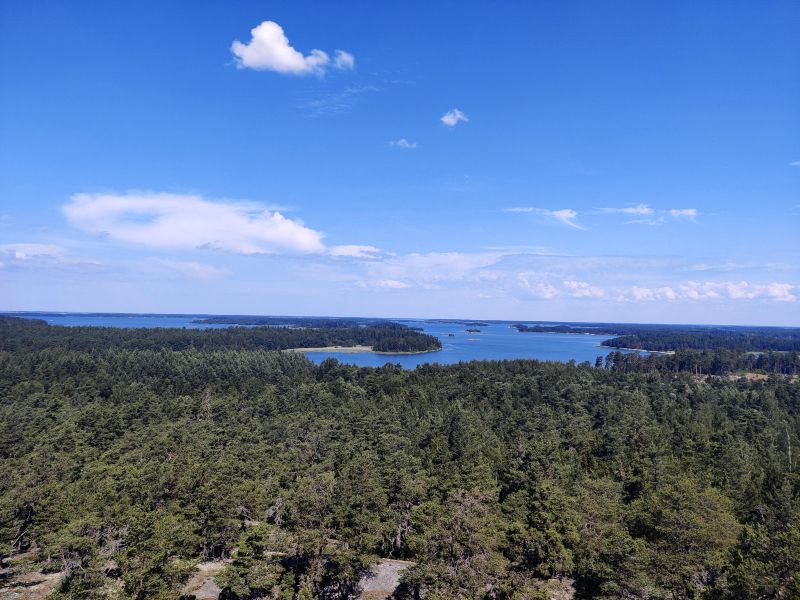
Tip 1. Get a guidebook
One of the first things we did was to get a guidebook by Tuomo Kesäläinen Saariston Rengastie matka- ja retkeilyopas (in Finnish). We never regretted it, as it helped with planning and served as a continuous reference for interesting detours. The route starts in Turku and goes through Kaarina, Pargas, Nagu, Korpo, Houtskär, Iniö, Kustavi, to Naantali, and then through Raisio back to Turku. However, there are many interesting places in-between that we would’ve missed if not for the guidebook pointing to them: from unique museums and churches to relaxing nature paths and beaches.
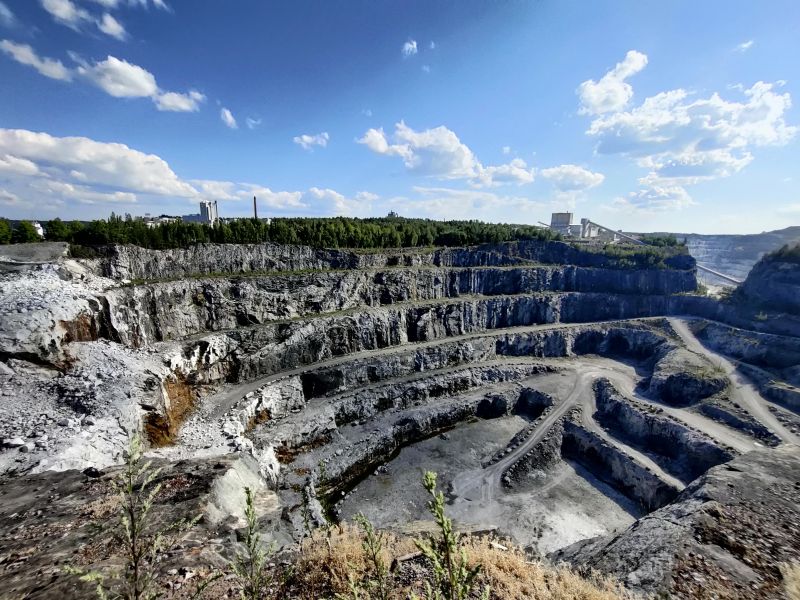
Unfortunately, you cannot always trust Google Maps’ directions especially during the detours on the smaller roads. For instance, when we were looking for the Likholm beach in Korpo, located on a separate little island, we made the mistake of trusting Google directions over a road sign. After getting lost, a helpful local person directed us to a little bridge not visible from the road. Also the official Saariston rengastie / Skärgårdens ringväg road signs are important to follow if you want to stay on the asphalt.
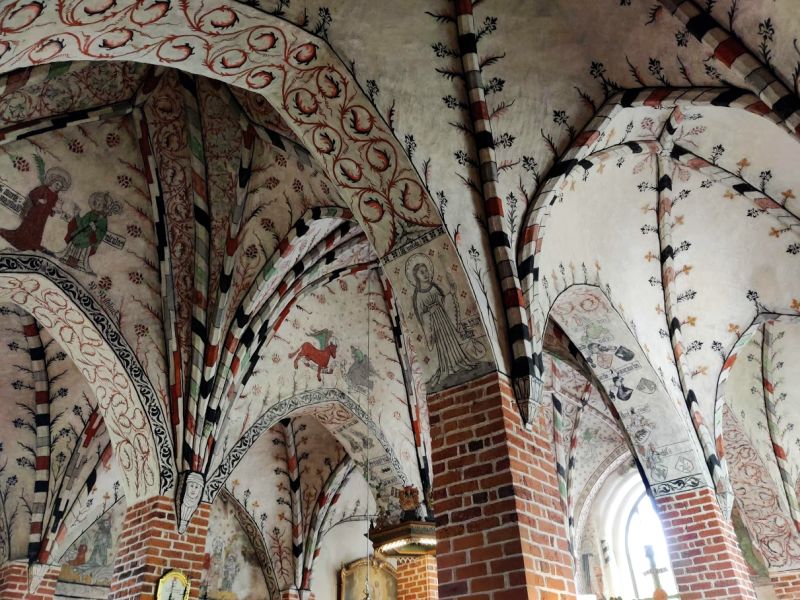
Tip 2. Think, what you want from the trip - athletic records or a slow and flexible pace
The length of the trail is around 250 km, and the recommended time to cycle is 2-5 days. For us that would be a demanding pace, requiring around 4 hours on a bike loaded with panniers under the unforgiving sun. Because we were going for pleasure, rather than for speed, 30 km a day seemed to be more than enough.
So, when planning your route, consider, what do you want out of it: do you enjoy the sport and want to spend the days cycling, or is it just the means of transportation to bring you to exciting destinations? For us, it was the latter, as we enjoyed the flexibility the slower pace gave us. We could spontaneously make a detour to climb a Borgberg bird-watching tower or cool ourselves down on a Vittelund beach in Houtskär on the way to the next location, without being too much in a hurry.
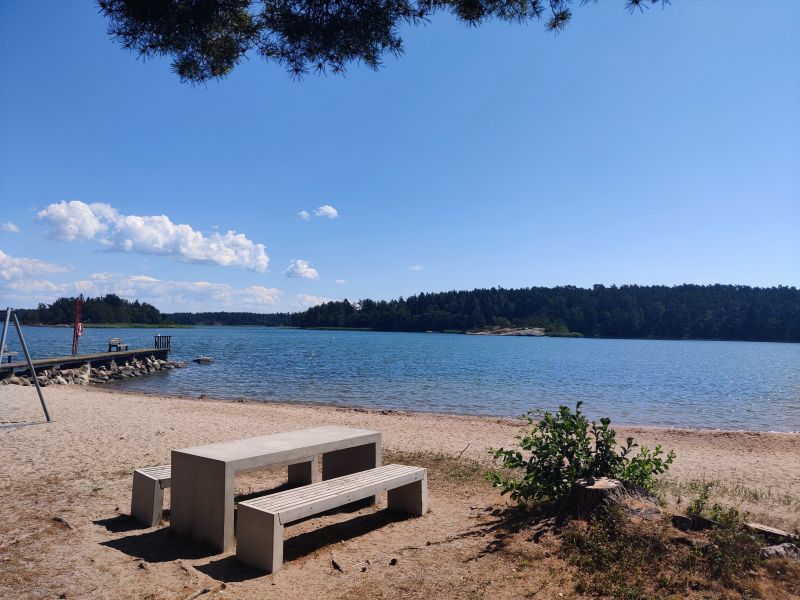
Tip 3. Book the inns early
We booked our stays at Bead & Breakfasts at the end of May, but I would recommend looking as early as April. Booking late was expensive and we had to compromise on our great plan of cycling 30 km a day. Spacing out the journey this evenly wasn’t possible, as some of the hotels were already overbooked. As a result, we had shorter days ranging from 8 km to 20 km and longer ones, reaching 72 km a day. Another option for staying the night is camping with a tent, which would be naturally cheaper and more flexible. Yet, the prospect of setting up a tent after a long ride didn’t feel appealing to us, even though we are no strangers to camping.
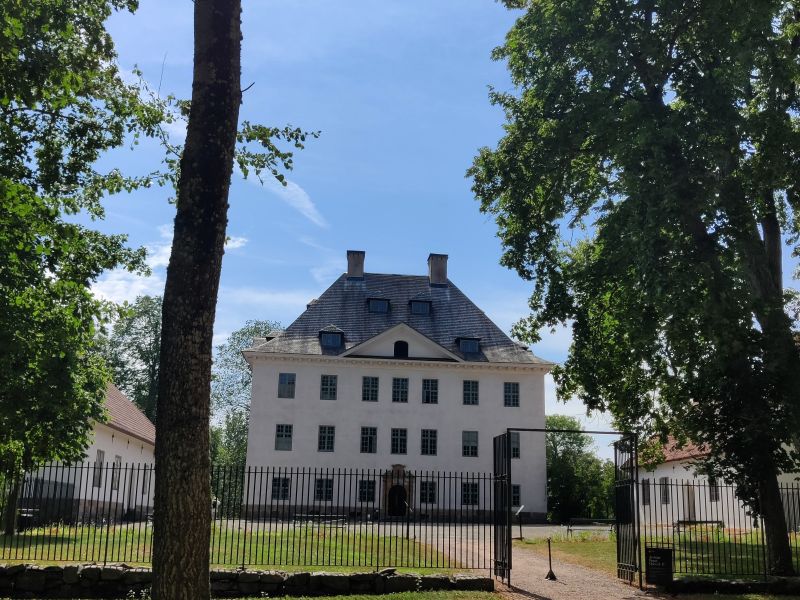
We felt that the experience of staying in different B&B’s across the Archipelago was worth the money. There are many kinds of people that make their homes in the Archipelago; by talking to the B&B owners and our fellow guests, we got a glimpse into the reasons why. Some locals have lived all their lives on the islands, following their families’ traditions, while others have moved here just recently, attracted by the beauty and calm of island life.
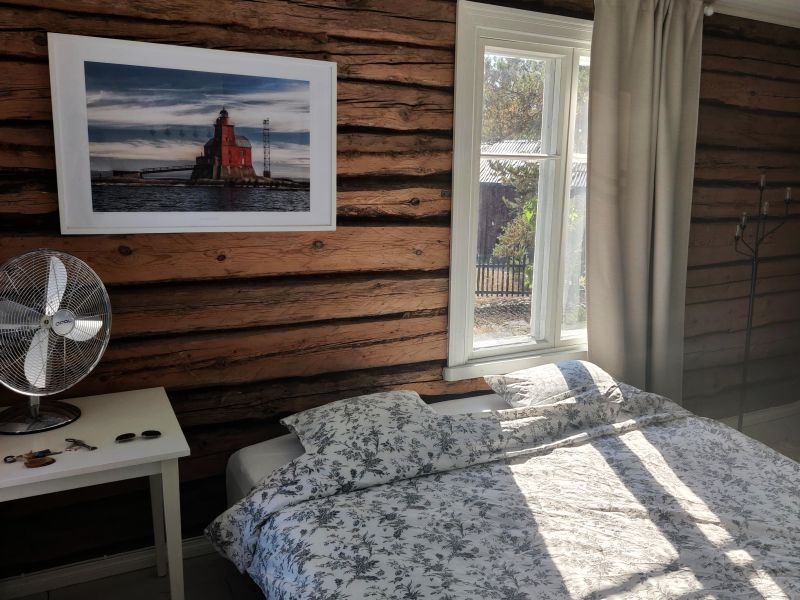
Tip 4. Ride early in the morning
Riding early in the morning can save you a lot of trouble. First of all, it is less hot, and you can do longer distances much easier. Second, we realized that the check-in times in the B&B’s end quite early, around 19:00. This means no evening rides unless you have already checked in! We pushed our luck by being slow in the mornings the first several days, which almost resulted in us sleeping under the stars a couple of times.
Tip 5. Do not overpack
Another piece of advice for the trip - do not overpack! Yes, your bicycle rack may say ‘max. 25 kg’, but it doesn’t mean you have to load it up to capacity. We went with 10 kg each, which was a good weight on the main road, but on our sand road detours, we could already feel the weight of gravity. It was also hard on the numerous little hills and a couple of high bridges, which an expensive touring bike could probably handle easily, but where our three-geared city bikes struggled. Also, consider that if you are going with a tent, you are taking around 15 kg more weight in gear and food.

Tip 6. Get good (not necessarily expensive!) gear
Don’t worry, you don’t have to run to the store and invest your three-months’ salary into a professional bike. We were happy to discover that our old second-hand three-geared bikes could handle the trip. However, we appreciated the comfort of the good bike shorts with padding, as well as gloves.
You might be able to tolerate discomfort for short stretches, but the vacation can become miserable if you experience it for hours day after day. If you are looking to buy a touring bike, professionals advise investing in good handle bars that offer multiple hand positions, like Butterfly or Alt handlebars. We noticed strain on our wrists and hands as one of the most unpleasant physical side effects, so we would consider that in the future.
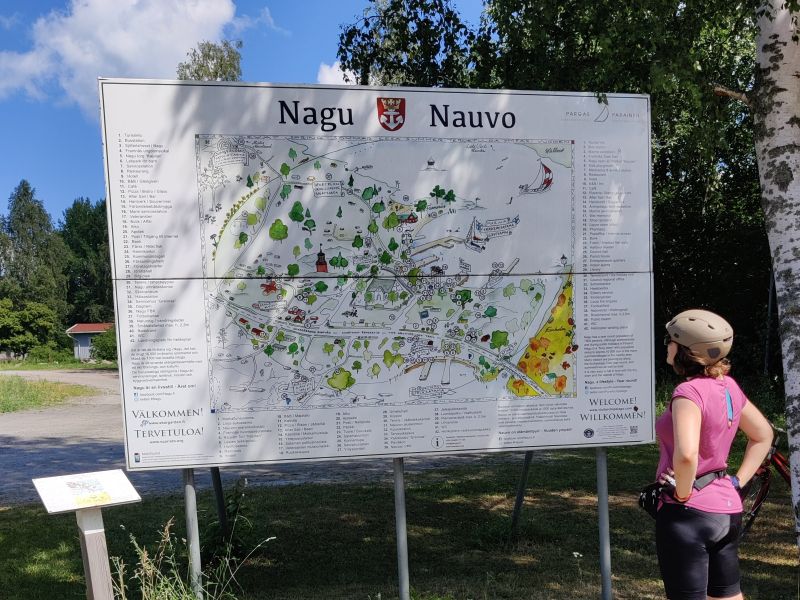
Also, my new rear-view mirror gave me confidence while cycling along the highway and made it safer. While there are bicycle lanes in different towns across the Archipelago, the majority of the route is still along the highway. Another trick for dealing with the car traffic is to just let it pass you by. Further into the Archipelago, cars go in waves, depending on the ferry schedules.
Tip 7. Check ferry schedules
While many ferries go so regularly that you don’t need to worry much about the schedule, you should pay attention to the travel schedules of two ferries: Houtskär - Iniö and Iniö - Kustavi. The Houtskär - Iniö ferry works only during summer times, and only four times a day. The Iniö - Kustavi one has a longer lunch break and seems to be less regular than others. We had to wait for it for two hours in a nearby cafe when we spent too much time souvenir shopping in Iniö’s cute shop. However, waiting in the cafe saved us from having to cycle under a heavy rain - the only rain we experienced on the road.
Using ferries was a pleasure as a cyclist. While cars have to wait in lines and are not guaranteed to all fit in a ferry, bicycles can always be wedged into whatever spaces are available!
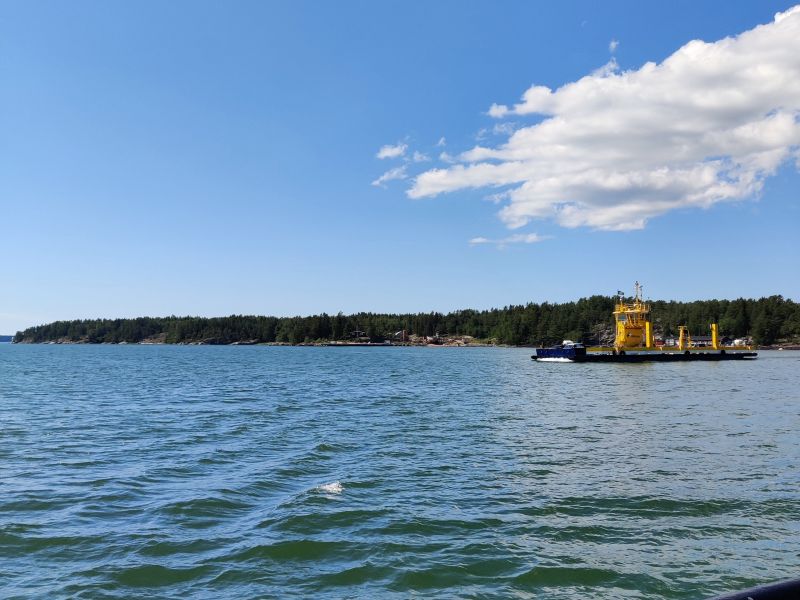
Tip 8. Use protection and take care of yourself
On this road, we struggled to find a perfect mixture of insect repellent and sunscreen. While the Archipelago’s main insect threat - ticks - were not a danger on the open roads, we ended up with many bites from mosquitos, horseflies and other smaller creatures.
Also, the summers will only get hotter and the UV-indexes higher, so make sure to protect your skin from the sun and re-apply the sunscreen while on the road. Unlike our experience with the insect repellent, we succeeded with sun protection quite well and avoided any painful burns. The helmets served well both for sun protection and road safety.
Remember to drink, have snacks and plan where to have meals: shops and restaurants are quite dispersed, and it is important to keep the energy levels steady. Finally, remember to stretch before and after cycling and if you feel fatigued, try to vary your physical activity. For example, we made a point of stopping at several of the many mini-golf courses in guest harbors across the Archipelago.
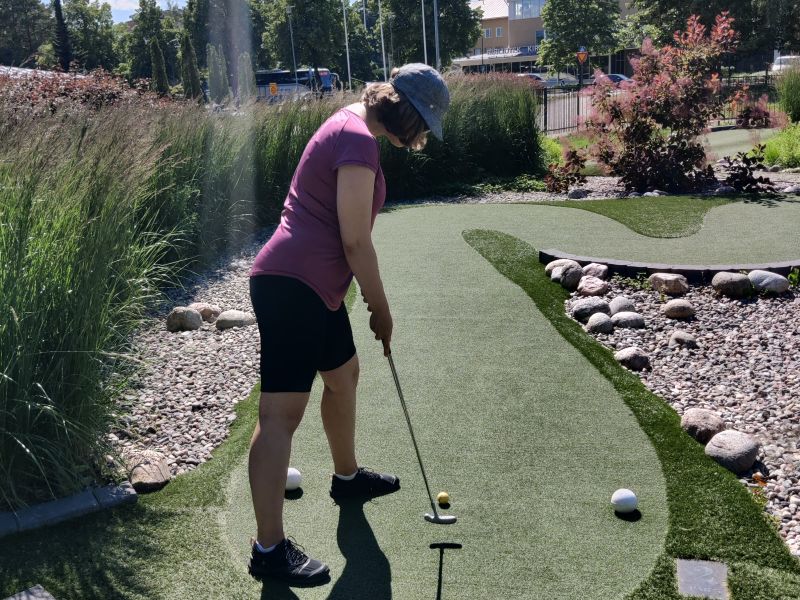
Tip 9. Take chances
Finally, be open to the unexpected opportunities. To fully experience the islands you should trust the locals and have courage to explore. Find local maps and ask people in inns and restaurants, what they would recommend to see in the neighborhood. Without directions from locals and some spirit of adventure, we would not have found such amazing places as the Barefoot path in Korpo or the Maiden’s Dance stone labyrinth in Nagu, which are more secluded and can’t be seen from the main road. We also took a special opportunity to climb a weather tower located on the grounds of Hannaksen tila B&B in Korpo - something only available for their guests.
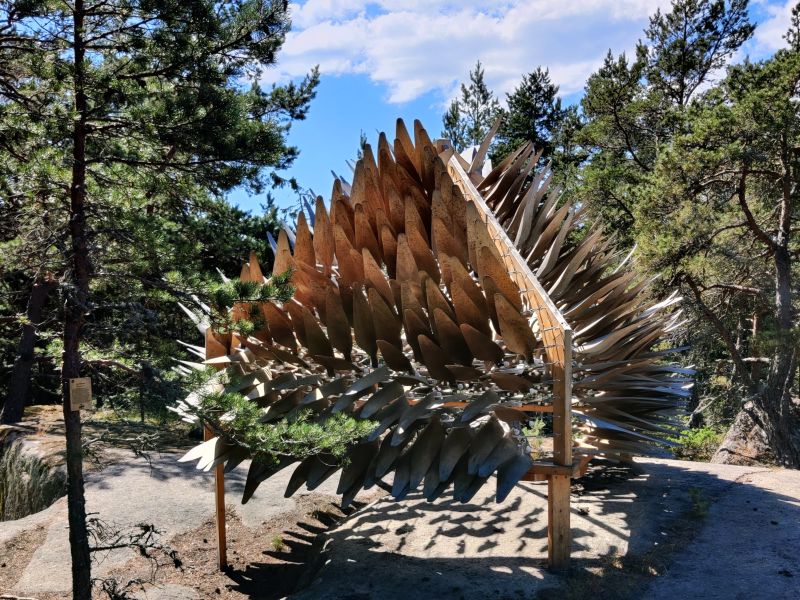
Tip 10. Have fun on this adventure!
The most important advice is to have fun, despite any kinds of misadventures. Remember, anything that doesn't go smoothly and is accepted with humor, turns into a good story.
Have a wonderful journey!
I hope this advice can inspire you to try out cycling the Archipelago ring road, even if you don’t have much experience in cycling. You can go as fast or slow as you want, by car, boat or bike. To embrace your wild side, you can try out camping, or if you prefer the comfort of B&B’s you can still try to find a place to stay at the end of August.
There is one major risk in this journey. If you get to know the Archipelago, you might fall in love, and, like several locals we met, stay and build a life on the islands.
P.S. You can get familiar with the neighborhoods of Southwest Finland with the help of our free search engine!
- Katerina
